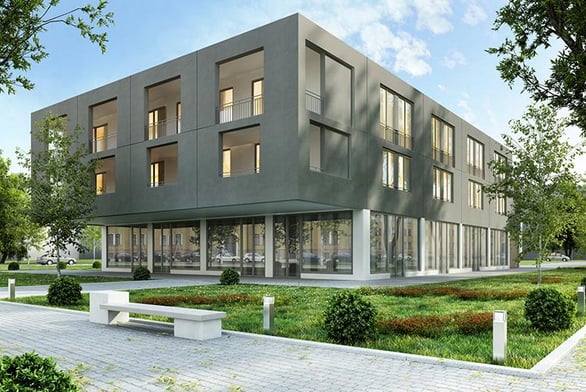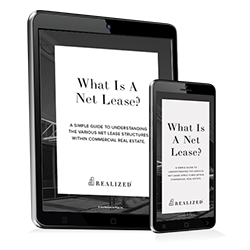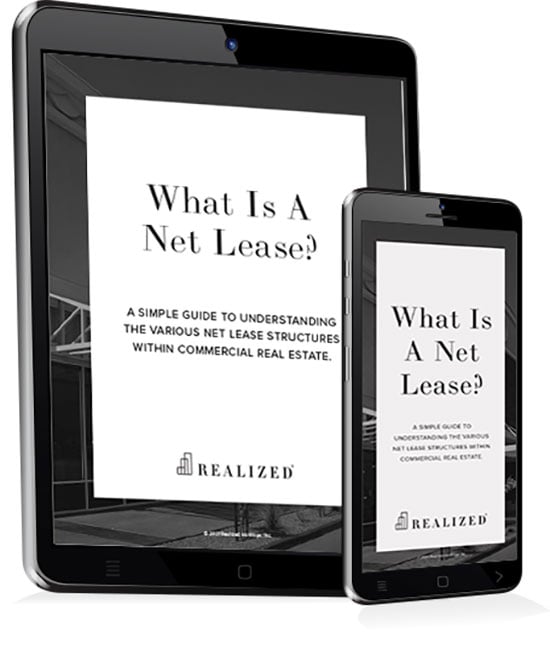
A triple net lease, also called a NNN, is a popular commercial real estate lease type. In a NNN, the tenant pays for all expenses except structural and some insurance. Basically, the tenant is paying only for their use of the property. The tenant’s responsibilities include three nets:
- Property taxes
- Building insurance
- Maintenance
The landlord covers structural issues and some areas of insurance that aren’t paid by the tenant. A NNN is meant to be low-maintenance for the landlord, both in property upkeep and administrative tasks. For the tenant, they pay a lower base rent in exchange for covering the three nets.
Tenant Responsibilities
Tenants are responsible for paying for the three items mentioned above. Those bills go directly to the tenant and are paid by the tenant. The landlord is not involved with bill-paying of the three nets, thus alleviating him of those responsibilities.
The three nets paid by the tenant do fluctuate. Taxes are assessed annually for most properties and will change based on the assessed value of the property. The tenant should be aware that if property values are expected to increase over the next few years, taxes will increase.
Insurance can remain fairly flat for periods of time but is inflationary and will likely increase during the tenant's lease term. The type of business the tenant is in may cause the insurance to jump compared to historical insurance cost.
Maintenance is a larger variable for the tenant. This is an area of the lease term that the tenant will want to thoroughly inspect. For example, the A/C unit may cost $40,000 to replace. If it goes out in year two of the lease, is the tenant expected to pay for an A/C unit with a life of 10 years when the lease is only three or five years? Will the unit be depreciated? Will the landlord cover some of the A/C cost since the tenant may not get full use of it?
Another important point on maintenance from the tenant perspective is to find out how efficient the building is. Does it cost a lot to cool or heat the building because either the building or HVAC isn’t efficient? High HVAC costs will eat into the tenant’s cash flow.
Before taking on a NNN, tenants should thoroughly inspect the building. This includes a physical inspection and analysis of historical maintenance records. The tenant should be able to form a complete picture of the building’s current condition. This will allow the tenant to project future maintenance costs across the lease term.
The tenant should also check how maintenance is handled. Does the landlord use a management company or an individual? If the individual is out sick or on vacation, who takes over maintenance? Can the tenant use its own people for maintenance? All of that should be worked out ahead of time.
If the building is in great condition and maintenance costs are expected to be low, the tenant's overall NNN leasing cost may end up being a good value. Of course, the landlord might offset this by increasing the base rent. This is where negotiating lease terms come in. If the tenant is a credit tenant, that will certainly weigh in the tenant's favor.
Landlord Responsibilities
In a NNN, cost fluctuation risks are transferred to the tenant. The landlord has fairly static costs that can be covered by reserves. If the roof or parking lot is wearing, the landlord will be aware of it and can budget for those costs. Variable costs, such as maintenance, are no longer a consideration for the landlord.
The landlord is responsible for structural issues of the property. Of course, this can all be negotiated in the lease so that the tenant is also responsible for any structural issues. In that case, the tenant is likely to get an even lower base rent.
Some risks that the landlord faces are single-tenant and maintenance risks. If the property is a stand-alone building with a single tenant, all of the landlord’s cash flow for the property is dependent on the property being occupied. However, if the tenant runs into cash flow issues or goes out of business, the lease is likely to be broken, eliminating cash flow at that point as well.
Maintenance risk arises when the landlord fails to regularly inspect the property. Tenants may neglect proper maintenance. Then some months down the road, a major appliance fails due to the tenant’s negligence. This can result in legal problems for the landlord. It’s best to continually inspect the property to ensure regular maintenance is being performed.
By being locked into a five-year lease, the landlord may miss out on any market increase in rental rates. To get around this issue, many NNNs factor in periodic rental increases. However, these periodic increases may not keep up with surrounding rents. At the least, they should help to offset some of the rise in rents.
NNNs can benefit both the tenant and the landlord. Tenant’s benefit from a lower base rent while landlords benefit from fewer property responsibilities. We’ve pointed out several risks that both sides face. Being thorough and ensuring those risks are covered in the NNN agreement can lead to a great experience for both sides.



